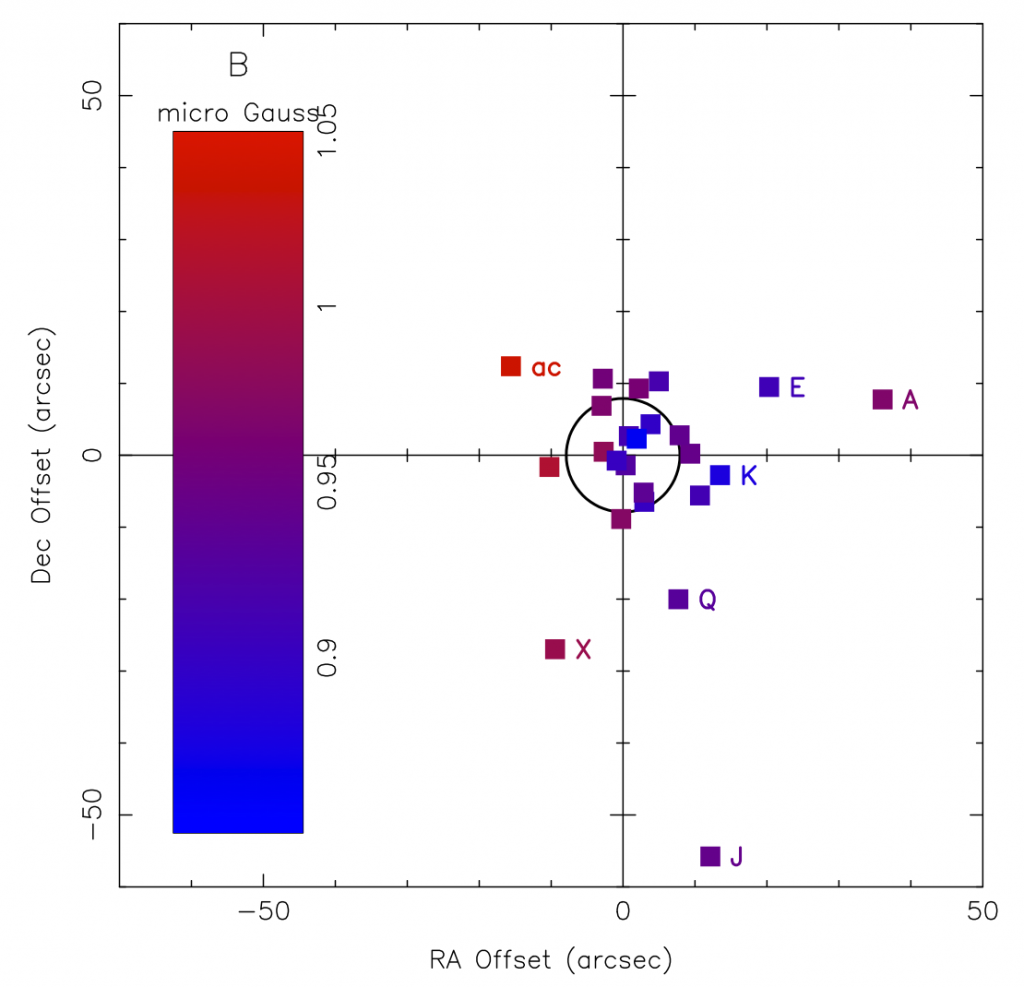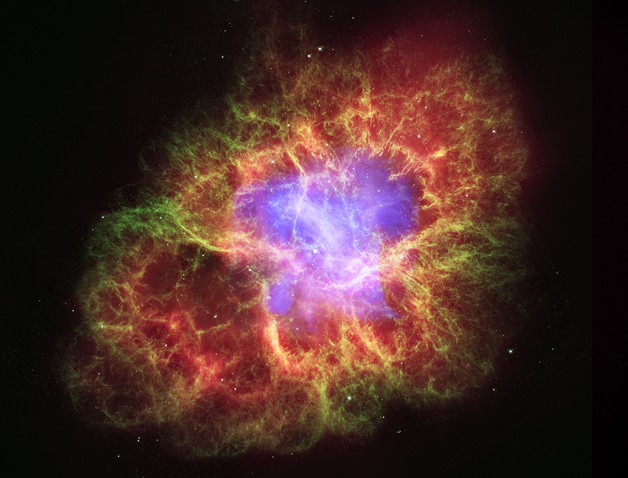 The undergrad research series is where we feature the research that you’re doing. If you’ve missed the previous installments, you can find them under the “Undergraduate Research” category here.
The undergrad research series is where we feature the research that you’re doing. If you’ve missed the previous installments, you can find them under the “Undergraduate Research” category here.
Did you do a summer REU? Working on your senior thesis? Getting an early start on a research project? We want to hear from you! Think you’re up to the challenge of describing your research carefully and clearly to a broad audience, in only one paragraph? Then send us a summary of it!
You can share what you’re doing by clicking on the “Your Research” tab above (or by clicking here) and using the form provided to submit a brief (fewer than 200 words) write-up of your work. The target audience is one familiar with astrophysics but not necessarily your specific subfield, so write clearly and try to avoid jargon. Feel free to also include either a visual regarding your research or else a photo of yourself.
We look forward to hearing from you!
************
Anna Ho
Massachusetts Institute of Technology (MIT)
Anna is a senior at MIT, majoring in physics. During the past two summers, she worked with Scott Ransom through the National Radio Astronomy Observatory REU program, and is currently preparing this work for publication.

The line-of-sight component of the galactic magnetic field strength, for 24 of the 35 millisecond pulsars in the globular cluster Terzan 5 (the 25th is not pictured, in order to more clearly show the gradient.) The field strength changes by 15-20% across the cluster, representing 0.1 µG variations across parsec scales.
Rotation Measures for Globular Cluster Pulsars as a Unique Probe of the Galactic Magnetic Field
As it travels through a magnetic field, a linearly-polarized signal rotates through an angle that is linearly proportional to its wavelength. The scaling factor is called the “rotation measure” (RM) and is a function of both the electron density and the magnetic field strength along the line of sight to the source. We have measured highly-precise RMs for 25 of the 35 millisecond pulsars (MSPs) in the globular cluster Terzan 5, using Green Bank Telescope radio observations at 1.5 GHz and 2 GHz. For each MSP, we use the ratio of RM to electron column density (dispersion measure) to extract the average magnetic field strength along the line of sight to the source. We find that the field strength varies by 15-20% across the cluster, indicating 0.1 µG fluctuations on parsec (several light-year) scales. This represents the first use of dense pulsar populations to probe the small-scale structure of the galactic magnetic field.
************
Ashley Villar
Massachusetts Institute of Technology (MIT)
Ashley is a physics major at MIT in Cambridge, MA. She conducted this study with Prof. Alicia Soderberg and her team in the summer of 2013 during the CfA REU program.
Stellar Autopsies
Core-collapse supernovae (SNe) are highly energetic, cosmic explosions caused by the death of massive stars. Long gamma-ray bursts (GRBs) are fast transients comparable to supernovae in electromagnetic energy. Recently, the two have been observationally linked. We currently believe that these simultaneous events are caused by the collapse of Wolfe-Rayet stars in which a fraction of the ejected material is funneled into a relativistic jet in our line-of-sight. This scenario has intrinsic variability which may depend on mass of the progenitor, the angular momentum, and asymmetries within the explosion. To explore the possibility of asymmetry, we study two supernovae associated with GRBs, SN 2006aj and SN 2003dh, which lie on far ends of the GRB-SNe spectrum. These objects were both extensively studied and modeled using data obtained shortly after peak magnitude, when the temperature of the explosion was high and the optical opacity was large. We study these objects when the optical opacity lowers and deeper layers of the explosion become visible. If asymmetry exists, using spherically symmetric models during different time frames should lead to inconsistent solutions. This study finds no discrepancy, so the explosions are likely to be relatively isotropic.




Great job Anna & Ashley!